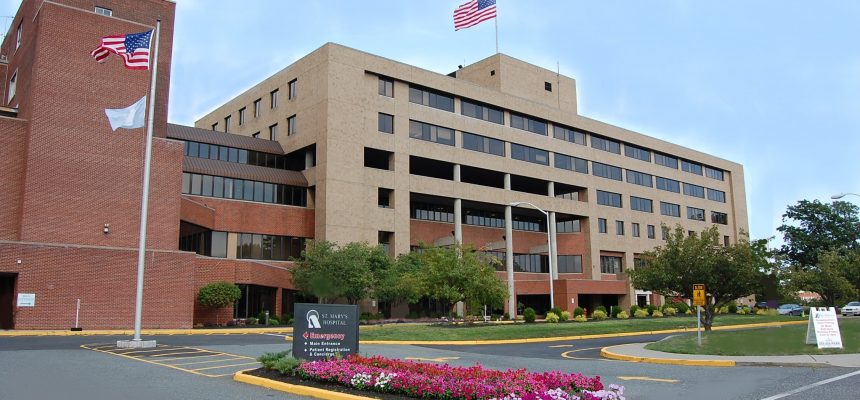Majority of Nonprofit Hospitals Spend Less on Charity Care Than They Receive in Tax Breaks
By Consumers for Quality Care, on April 17, 2024

In 2021, most private nonprofit hospitals in the United States spent less on charity care and community investments than they received in tax breaks.
According to Healthcare Dive, a report from the Lown Institute found that 80 percent of the nonprofit hospitals they investigated had accumulated fair share deficits totaling $25.7 billion. These deficits were the result of nonprofit hospitals spending less on charity care than what they receive in tax breaks, an amount large enough to eliminate 29 percent of the medical debt in the country.
Lown Institute President Vikas Saini, MD, said nonprofit hospitals need to do a better job at making social responsibility a priority. “When four out of five nonprofit hospitals do not meet obligations to benefit their community, it’s a sign that regulations and incentives need to be revisited. Everyone wants to see their local hospital thrive, but not at the expense of the communities they serve,” said Saini.
The two hospital systems with the largest fair share deficits were Kaiser Permanente and Providence, with each of their fair share deficits totaling $1 billion or more.
As nonprofit hospitals line their pockets, roughly one in four U.S. adults have reported skipping or delaying medical care for fear of incurring a large bill and going into medical debt.
The Lown Institute suggests solutions such as setting minimum requirements for charity care spending and tougher enforcement from regulators on hospitals that fail to better serve their communities.
Last year, Senator Bernie Sanders (I-VT) tweeted that nonprofit hospitals should lose their tax-exempt status if they don’t increase their charity care spending.
CQC urges all hospitals, especially nonprofit hospitals, to keep up their end of the bargain to better serve their communities and deliver care for patients when they need it most.



